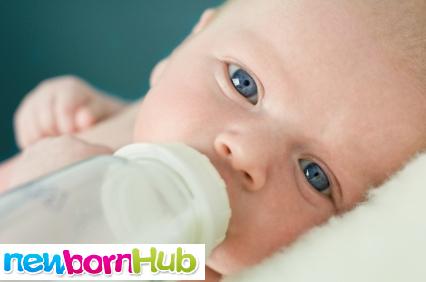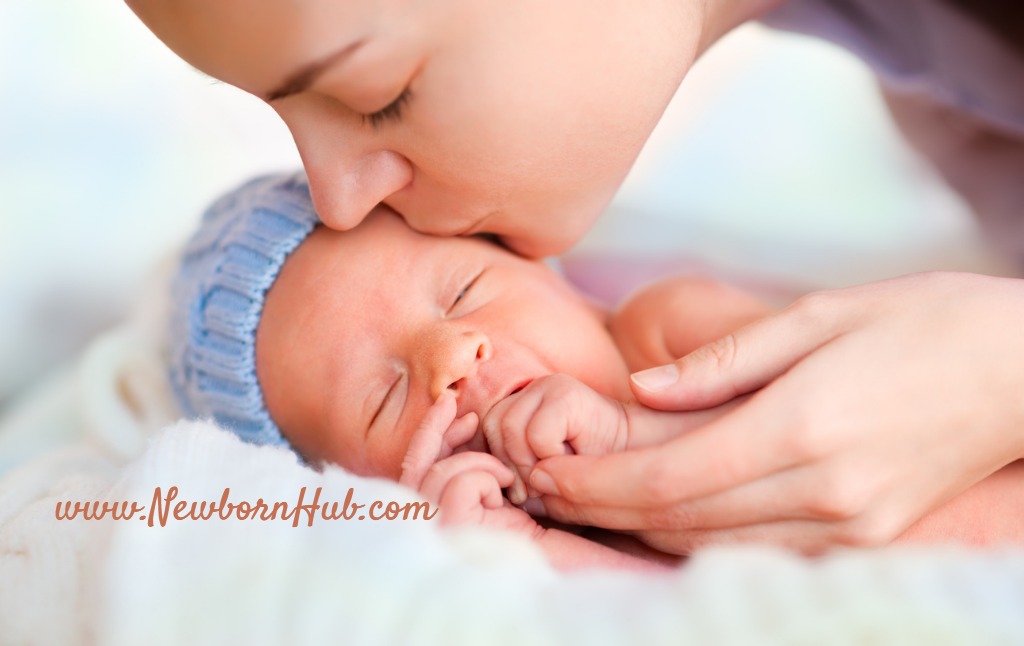- HOME
- Formula Feeding
- Feeding Guide for Baby Formula
Feeding Guide for Baby Formula:
The Do's & Don'ts
If you are choosing to bottle feed, any feeding guide for baby formula is incomplete without reminding the parents the important do's and don'ts.
Even if you think you know the art of bottle feeding upside down, take some time out to read the do's and don’ts of using infant formulas and baby bottles:
Do:
- Sterilize the feeding bottles, pacifiers and similar accessories regularly and make sure you scrub them well with a mild soapy liquid before starting your chosen method of sterilization.
- Make sure the formula milk you are using is the right one for your baby’s age and weight. If you have a premature newborn, there are special infant formulas made just for preemies.
- Make sure the consistency of the baby formula is just right. Do not make the milk thick only because your baby is not gaining weight. There is a reason to why milk-preparing directions are written on the baby formula container; follow them. Feeding your infant a thicker consistency of formula milk can cause him stomach-ache and he may eventually vomit it out or become too gassy.
- Nothing can cause more relief to a mother than a nice long baby burp! Once the baby has finished his bottle, make sure to give him a nice burp. Gently stroke his back in a uniform motion and before you know it, you will hear ...*BURP*!
- Don't forget to buy the required baby bottle accessories to help you with the feeding process.

Don't:
- Don’t force your formula-fed baby to eat as frequently as breastfed babies. Remember that baby formulas takes more time to digest, keeping the little stomach feel full. When your baby is hungry, he will let you know through his gesture (like biting his hand or crying, etc.).
- If you are switching your baby from breastfeeding to formula feeding, never give him a bottle in the same manner or position in which you used to breastfeed. This way, the baby will demand breast milk and would not take bottle. Read the article on how to stop breastfeeding, easily and effectively.
- There is a reason why bottle sterilizing liquids are specifically made. Never use an ordinary washing liquid to sterilize feeding bottles, unless you plan to boil them or use another sterilizing technique after the washing.
- Never feed the baby too hot or too cold milk. Nature makes sure that the breast milk is of a certain constant temperature, so while giving your baby formula milk, make sure the milk is slightly warm or at least at a proper room temperature. If the milk is hot, it may burn the baby's soft inner side of the mouth; whereas too cold milk can cause constipation.
- Although you can heat your formula milk using a microwave oven, yet it is not recommended for two reasons. First of all, you might end up warming the milk too much and that may burn your newborn’s mouth. Secondly, microwave rays may damage or destroy some of the delicate nutrients in milk, so if you have the choice, use warm (boiled) water to prepare the milk, or slightly heat the milk in a pan (make sure you only use this pan for warming your baby's formula milk).
I hope you keep these tips in mind while bottle feeding your newborn. Don't forget to share with us if you have some more, and I would love to add them in our feeding guide for baby formula, with your reference, of course! ;o)
See also:
- Formula Feeding 101
- Advantages of formula feeding
- Disadvantages of formula feeding
- How to clean feeding bottles?
- Tap, boiled or bottled water for formula feeding?
- Baby vomiting after feeding formula
- The Do's & Don'ts of Formula Feeding
- The ONLY Bottle feeding accessories you should buy.
Return to Formula Feeding section.
Return to Homepage.



New! Comments
Have something to say about what you just read? Leave me a comment in the box below :)